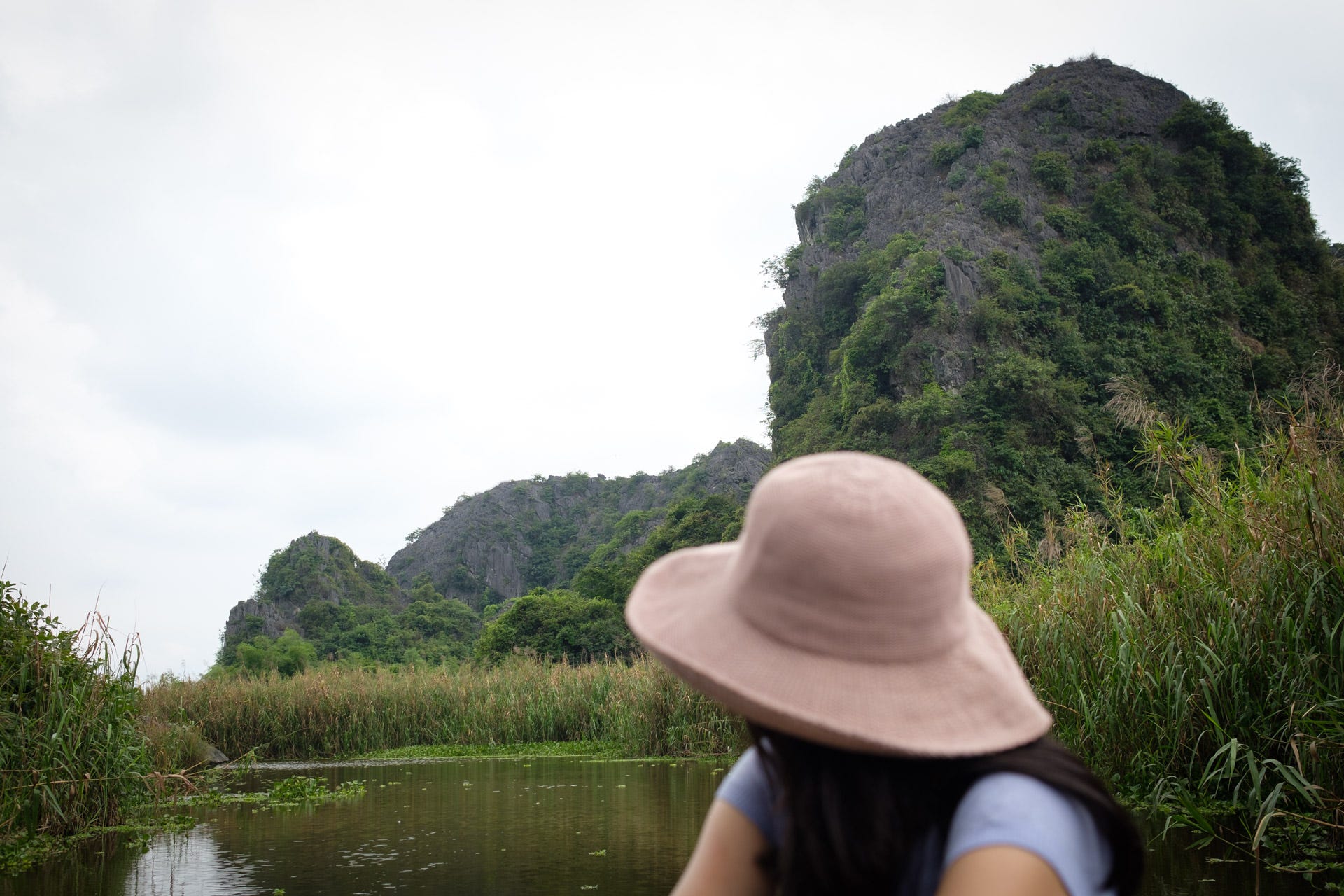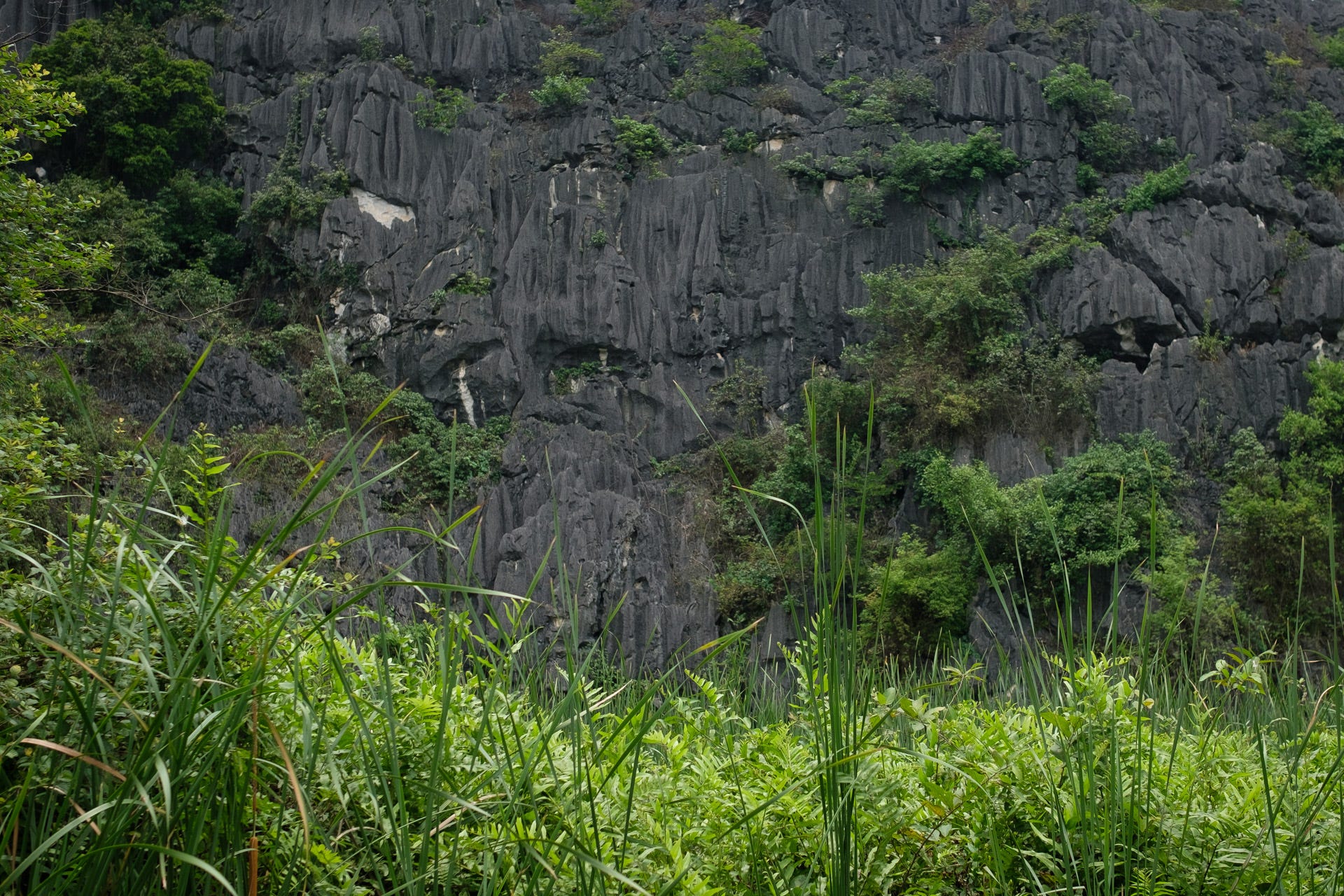Of marsh and limestone
Postcards from Vietnam's Van Long Nature Reserve + readings + joy, wherever it is found.
However you found your way here, welcome! I’m Emily, and I write letters about how we seek and tell stories to make sense of a changing world and our place in it.
What kinds of landscapes do we find aesthetically pleasing? I’ve often found myself captivated by more austere vistas: they seem more suggestive of otherworldly majesty. On one extreme, perhaps an arid desert; but even among verdant landscapes, such as the limestone karsts and freshwater wetlands of the Van Long Nature Reserve in Ninh Binh, Vietnam, one can appreciate a certain severity—as we did in May. It was in the craggy rock faces, weathered by rain and wind into flinty pockmarked patterns, but also in the wide swathes of green, as yet unbroken by the golden palette of the paddy harvest, which would only come later in the year, and the vibrant pink of lotuses, which apparently bloom riotously from November to April but which we only saw occasional floating patches of. As well, the shallow lagoon created by the dam built along the Đáy River in the 1960, with its waters so still, looked at times like a blank mirror, compounding the sense of an enveloping aloofness, an imperviousness—especially when we came up to the dam’s walls on our bamboo sampan.




